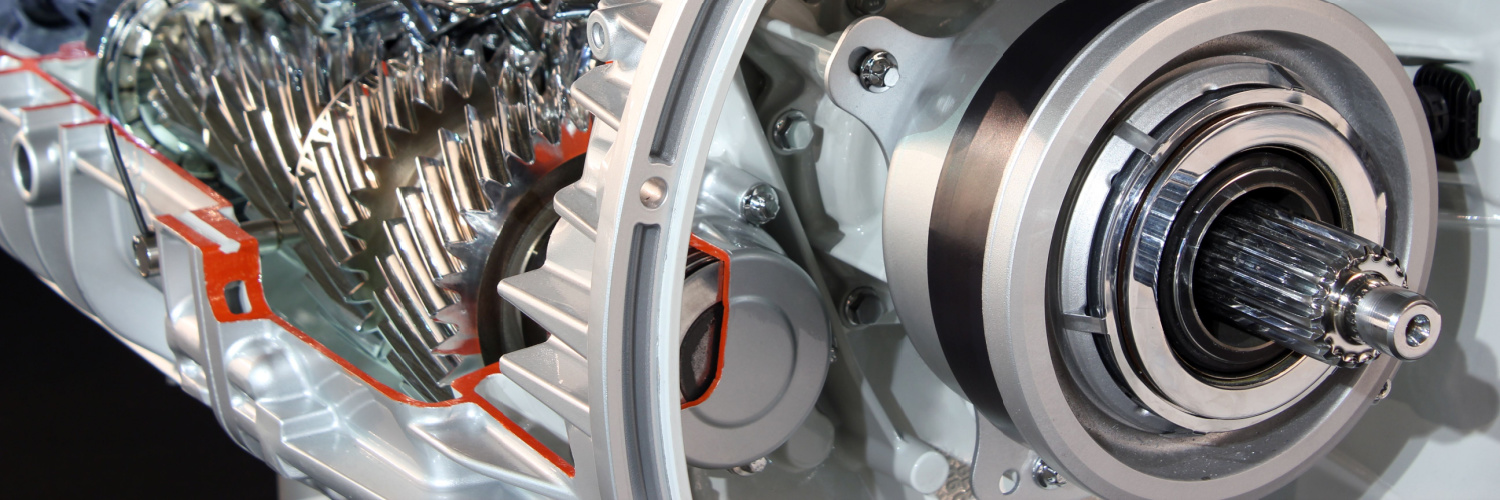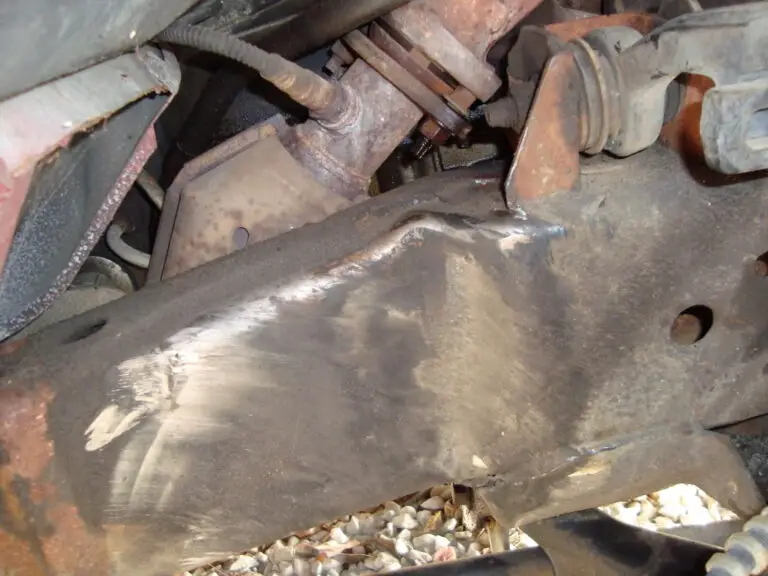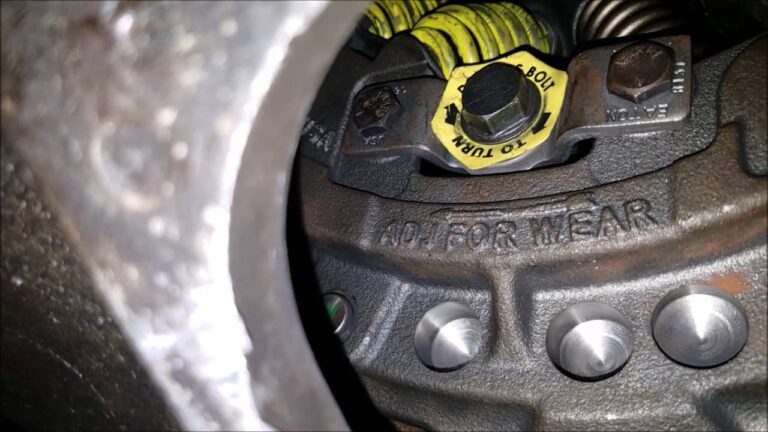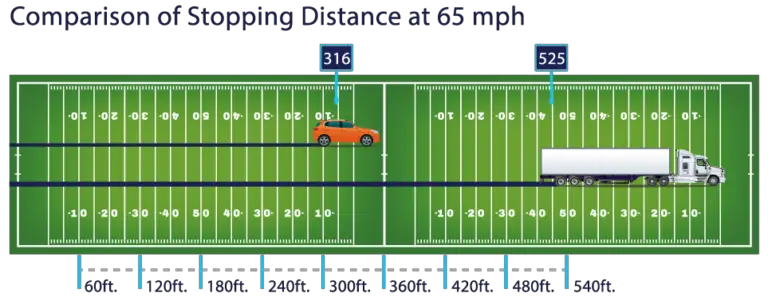
To check for transmission problems in your semi-truck, look for signs such as difficulty shifting gears, strange noises, or leaking fluids. You may also notice a burning smell or the transmission slipping.
Owning and operating a semi-truck comes with its share of responsibilities. One crucial aspect of maintaining your truck is being diligent about identifying potential transmission problems. As a truck driver, you rely on your vehicle for transporting goods, and any issues with the transmission can lead to significant disruptions in your operations.
Therefore, knowing how to detect and address transmission problems promptly is essential for ensuring the smooth functioning of your semi-truck business. This guide will walk you through the signs and symptoms of potential transmission problems in your semi-truck, providing you with the knowledge needed to take proactive steps towards resolving any issues that may arise.
Navigate As You Want: [show]
Common Signs Of Transmission Problems In A Semi Truck
Common signs of transmission problems in a semi truck can include warning lights and error codes, difficulty shifting gears, slipping or jerking movements, unusual noises, and fluid leaks. These indicators can warn you of potential issues that may require immediate attention. Pay attention to any warning lights on your dashboard and take note of any error codes displayed. Difficulty shifting gears, such as gears grinding or refusing to engage, can be a sign of transmission trouble. Slipping or jerking movements during gear changes may also indicate a problem. Unusual noises, such as whining, clunking, or grinding sounds, should not be ignored. Additionally, keep an eye out for any fluid leaks, as this can be a sign of a transmission seal or gasket failure. Regular maintenance and promptly addressing any issues can help prevent more costly repairs down the road.

Credit: www.atlasspringservice.com
Causes Of Transmission Problems In A Semi Truck
Semi trucks can experience transmission problems due to lack of proper maintenance. Regular inspections and fluid checks are crucial to prevent issues. The transmission can also suffer from wear and tear over time, leading to clutch failure.
Overheating is another common cause, often due to heavy loads and contaminated fluid. It’s important to address any signs of trouble promptly to avoid more severe damage.
Steps To Diagnose Transmission Problems In A Semi Truck
Check for warning lights and error codes: When diagnosing transmission problems in a semi truck, start by checking for any warning lights on the dashboard or error codes in the diagnostic system. These indicators can provide valuable insight into potential issues.
Perform a visual inspection: Inspect the exterior of the truck for any leaks or damages to the transmission. Additionally, check the condition of the transmission fluid and look for any signs of contamination or discoloration.
Test drive the truck: Take the semi truck for a test drive to observe any abnormal behaviors such as slipping gears, rough shifting, or unusual noises. These can be indicators of transmission problems.
Fluid level and condition check: Ensure that the transmission fluid levels are within the recommended range and examine the fluid for any burnt smell or metal particles, which could signal underlying issues.
Transmission pressure test: Consider performing a transmission pressure test to evaluate the hydraulic pressure within the transmission system, providing further insight into its condition and performance.

Credit: www.saviorsrepair.com
Preventive Measures To Avoid Transmission Problems
Preventive measures play a crucial role in avoiding transmission problems in semi trucks. Following the manufacturer’s maintenance schedule is essential. Regularly inspecting the transmission system helps in early detection of any potential issues. This allows for timely repairs and prevents major damage. Ensuring proper fluid levels and maintaining the quality of the transmission fluid is also important. By practicing safe driving techniques, such as avoiding aggressive driving and excessive shifting, stress on the transmission can be minimized. Any issues or warning signs should be addressed promptly to prevent further damage. This includes addressing issues like fluid leaks, strange noises, or delayed gear engagement. By taking these measures, you can increase the lifespan of your semi truck’s transmission and avoid costly repairs.
When To Seek Professional Help For Transmission Problems
If you are wondering how to determine if your semi truck has transmission problems, there are several signs that you can look out for. Persistent and recurring issues, such as difficulty shifting gears or slipping gears, are a clear indication that there may be a problem with the transmission. Another sign is a loss of power or efficiency, where the truck may struggle to accelerate or maintain speed. A burning smell or smoke coming from the transmission can also be a warning sign. In addition, if you experience a complete loss of transmission function, where the truck will not move at all, it is crucial to seek professional help immediately. Finally, unusual vibrations or noises, like clunking or grinding sounds, may suggest transmission issues. If you observe any of these signs, it is essential to consult a professional to diagnose and address the problem promptly.

Credit: hercstruckservice.ca
Frequently Asked Questions For How Do I Know If My Semi Truck Has Transmission Problems
How Can I Tell If My Semi Truck Has Transmission Problems?
If you notice difficulty shifting gears, grinding or whining noises, slipping gears, or a burning smell, your semi truck may have transmission problems. Other signs include delayed engagement, fluid leaks, and an illuminated check engine light. It’s important to have a professional diagnose and repair transmission issues promptly to avoid further damage and costly repairs.
Are Transmission Problems Common In Semi Trucks?
Transmission problems are common in semi trucks due to the heavy workload and high mileage they endure. Constant shifting, hauling heavy loads, and driving long distances can put significant stress on the transmission. Regular maintenance and timely repairs are crucial to prevent transmission failure and keep your semi truck operating smoothly on the road.
How Often Should I Check My Semi Truck’s Transmission?
Regular transmission checks are essential to maintain the efficiency and longevity of your semi truck. It’s recommended to have the transmission fluid level and condition inspected every 30,000 miles or according to the manufacturer’s guidelines. Additionally, if you notice any signs of transmission problems, it’s important to seek professional assistance immediately to prevent further damage.
Conclusion
To wrap up, keeping an eye out for common signs such as unusual noises or gear shifting issues, and being proactive in regular maintenance can help you identify transmission problems in your semi-truck. Remember, early detection and prompt repairs can save you from costly breakdowns and ensure smooth operation on the road.
Take care of your truck, and it will take care of your business.





